
Unlocking Performance & Injury Prevention with VALD Equipment
Tracking performance, supporting rehabilitation, and enhancing injury prevention – VALD technology provides key insights to help athletes stay at the top of their game.
Professional footballer and Football Fern, Gabi Rennie, recently stopped in to one of our Rangiora clinics to test out our VALD equipment while back home!
At Active Health, we are always looking for the best ways to assess, treat, and enhance performance for our clients. Our cutting-edge VALD equipment allows us to take a data-driven approach to rehabilitation and training. Here are just a few of the many tests we can conduct to assess movement, muscle imbalances, and performance limitations.
Countermovement Jump (CMJ)
The countermovement jump (CMJ) is a functional test commonly used to assess lower limb performance, particularly for athletes. With hands on the hips, the individual performs a quick downward movement (eccentric phase) followed by an explosive jump (concentric phase). This test provides valuable insights into force development, limb imbalances, and overall jump mechanics. By analyzing each phase of the movement, we can identify weaknesses and tailor rehabilitation or training programs accordingly.

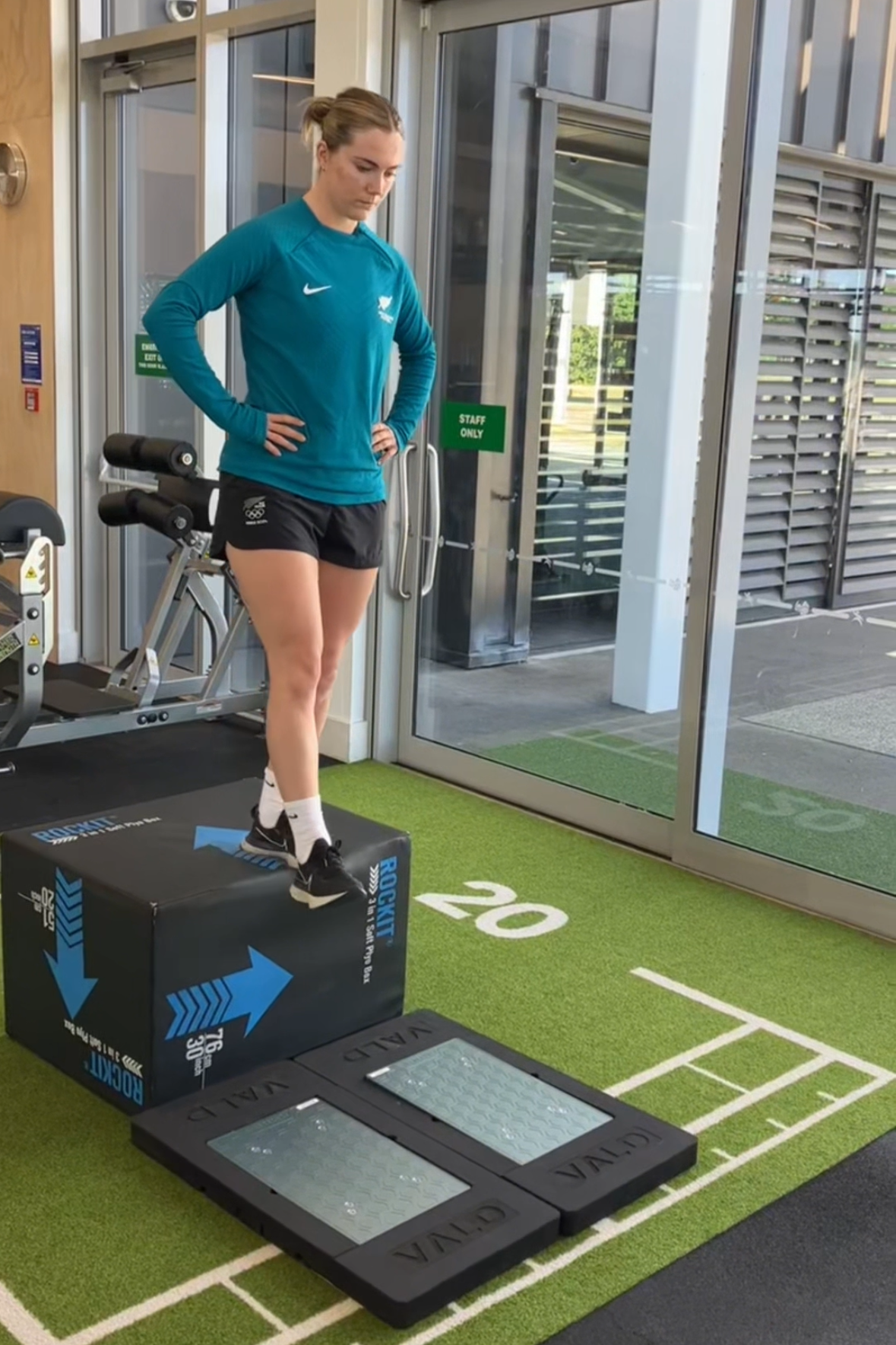
Drop Jump
The drop jump test involves stepping off a box onto force decks and immediately jumping as high as possible. This test helps assess limb imbalances and force absorption in the legs, providing crucial information about an individual’s ability to efficiently manage impact forces. It is particularly useful for identifying potential injury risks and optimizing training strategies to improve landing mechanics.
Push-Up Test
The push-up test performed on VALD force plates helps us break down upper body movement patterns and assess muscle imbalances. By capturing force data throughout the movement, we can pinpoint asymmetries and deficiencies, allowing us to develop targeted rehab or strength programs that promote balanced and efficient movement.
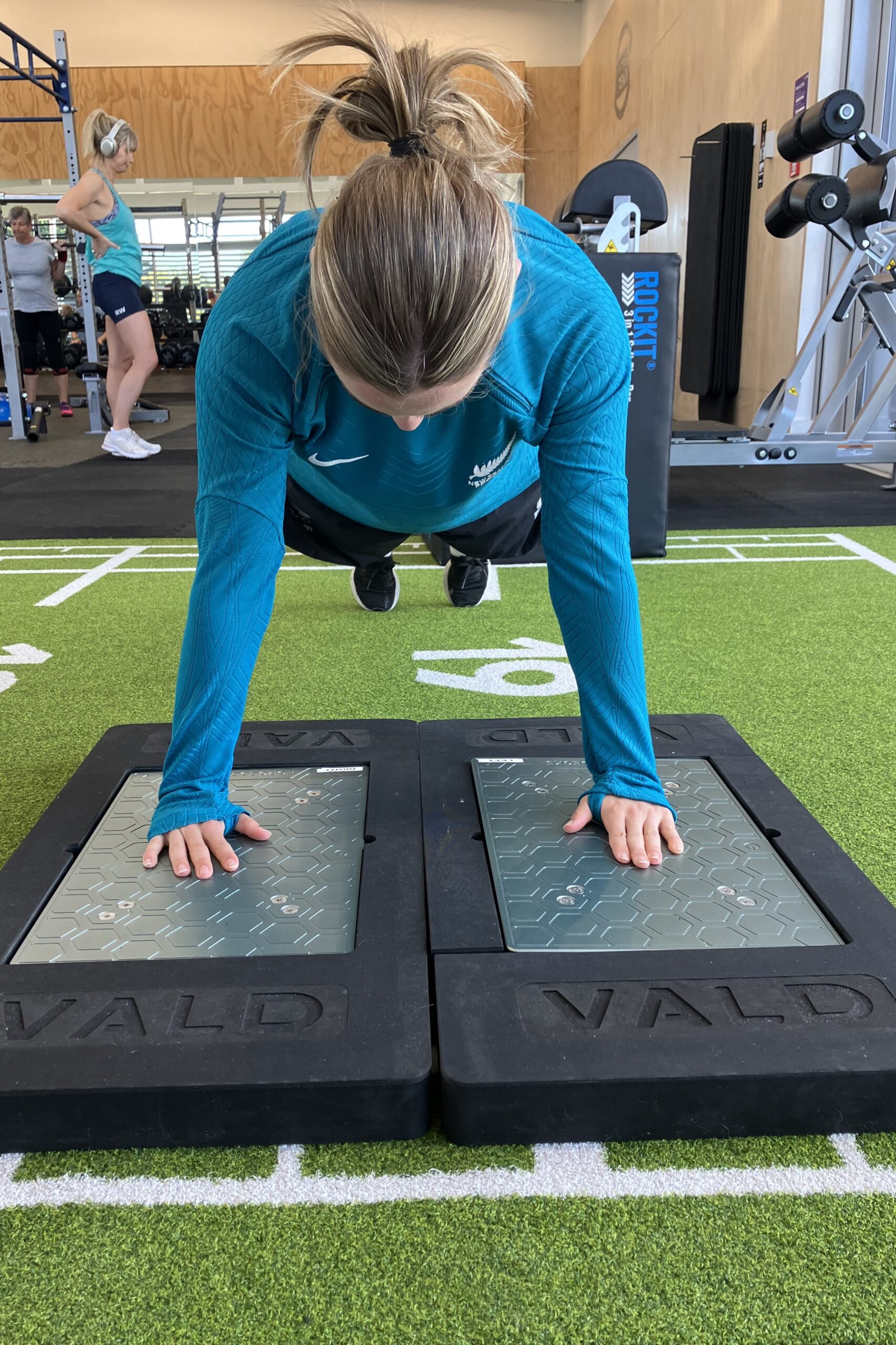
Why Use VALD Technology?
VALD technology allows us to take the guesswork out of movement assessment and provide precise, actionable insights. Whether you are an athlete looking to enhance performance or recovering from an injury, these tests help us design personalized rehabilitation and training plans to optimize your health and performance.
If you’re interested in how VALD testing can help you reach your goals, get in touch with us today!

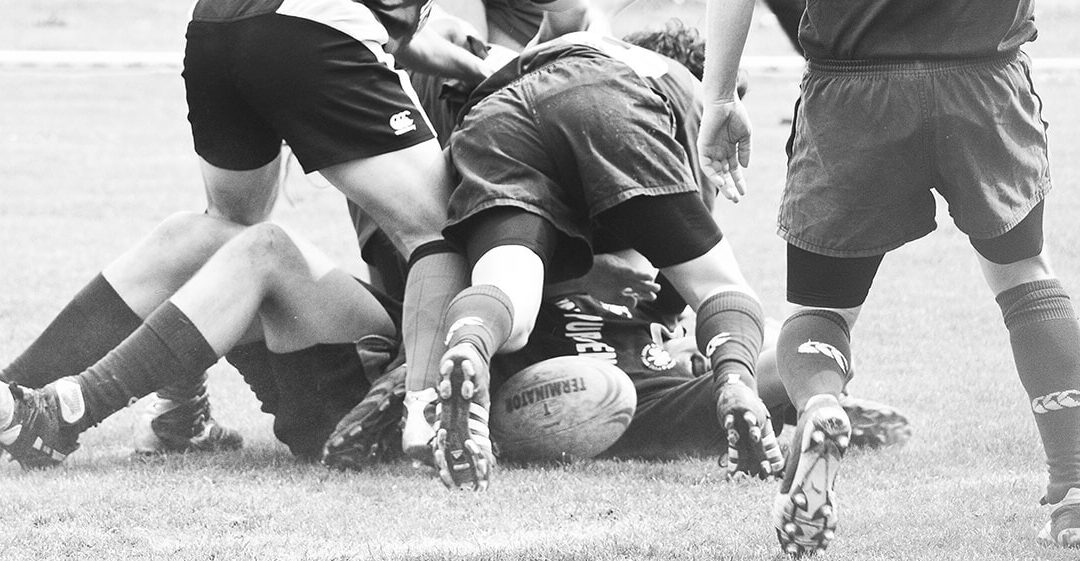

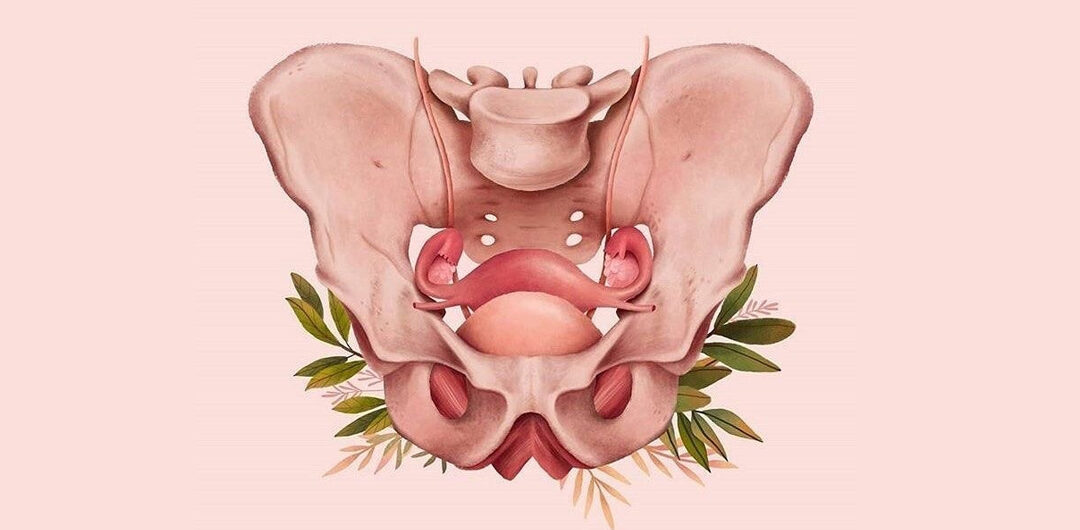
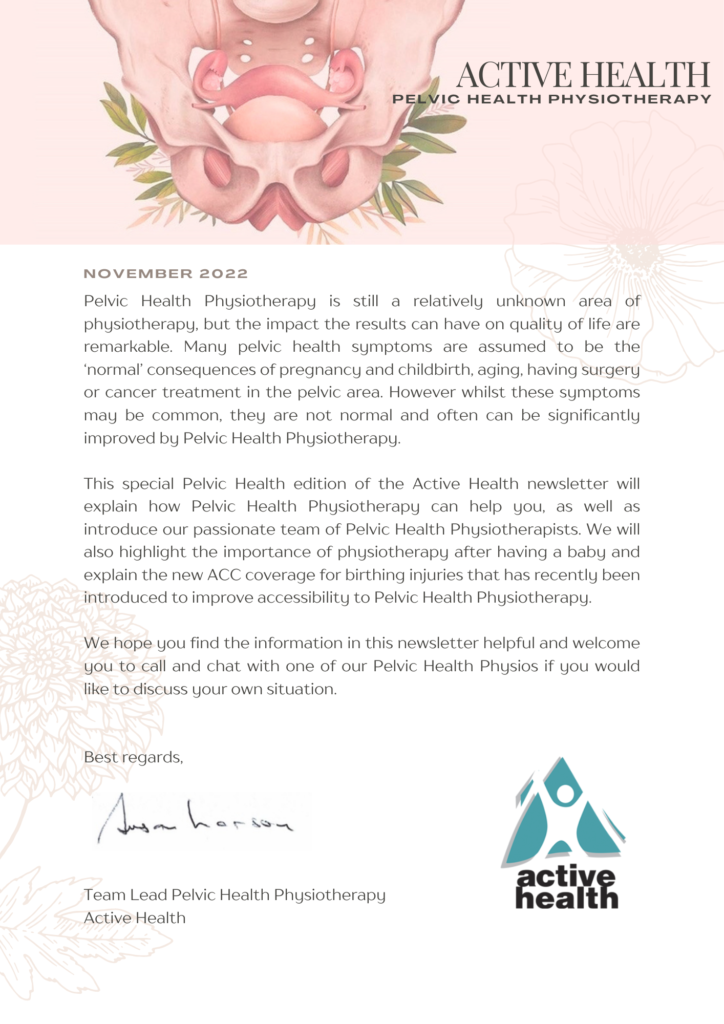



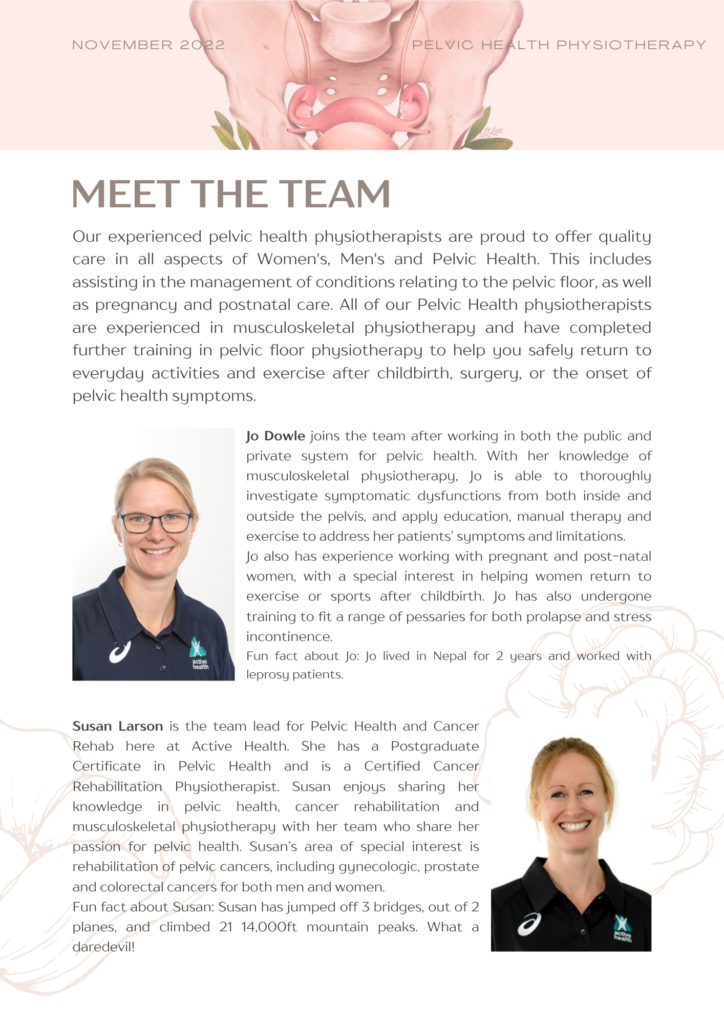
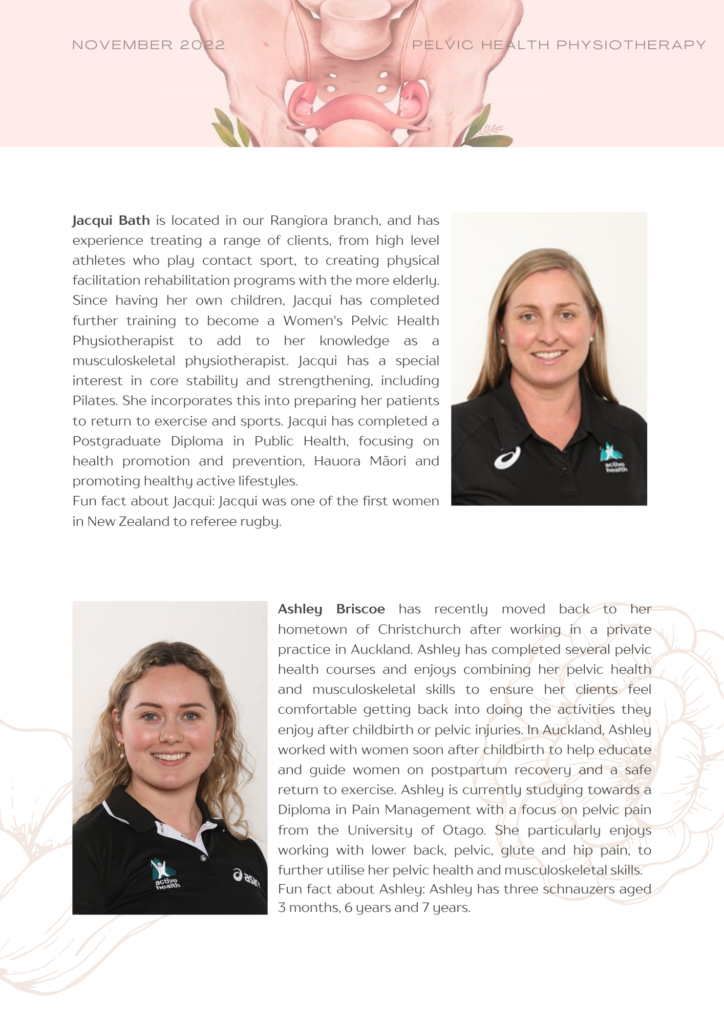
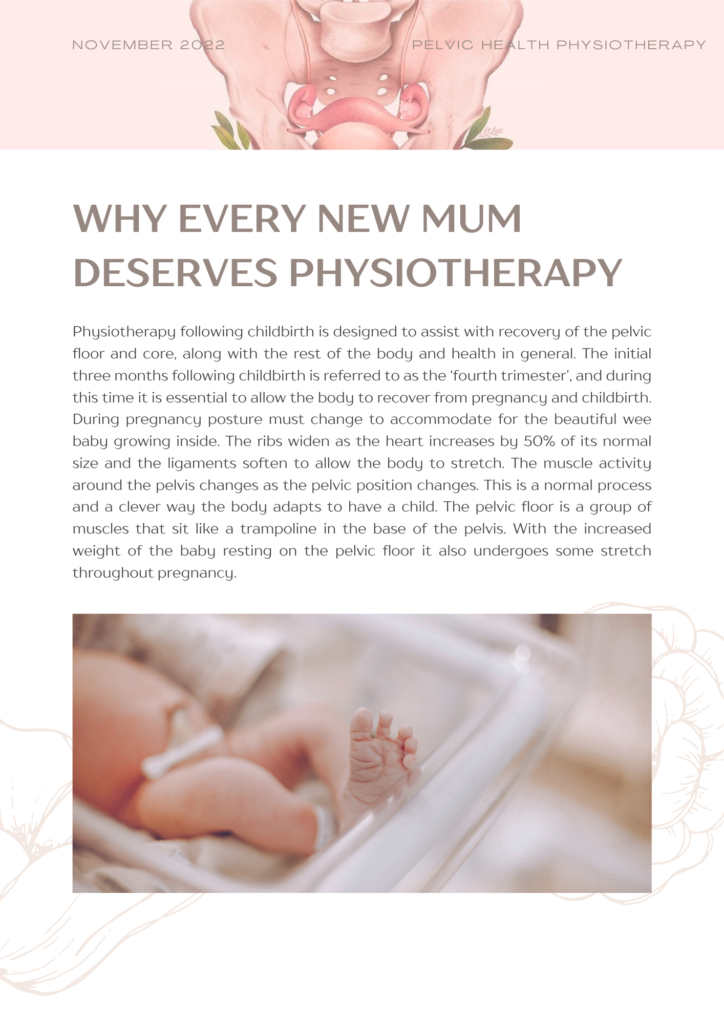
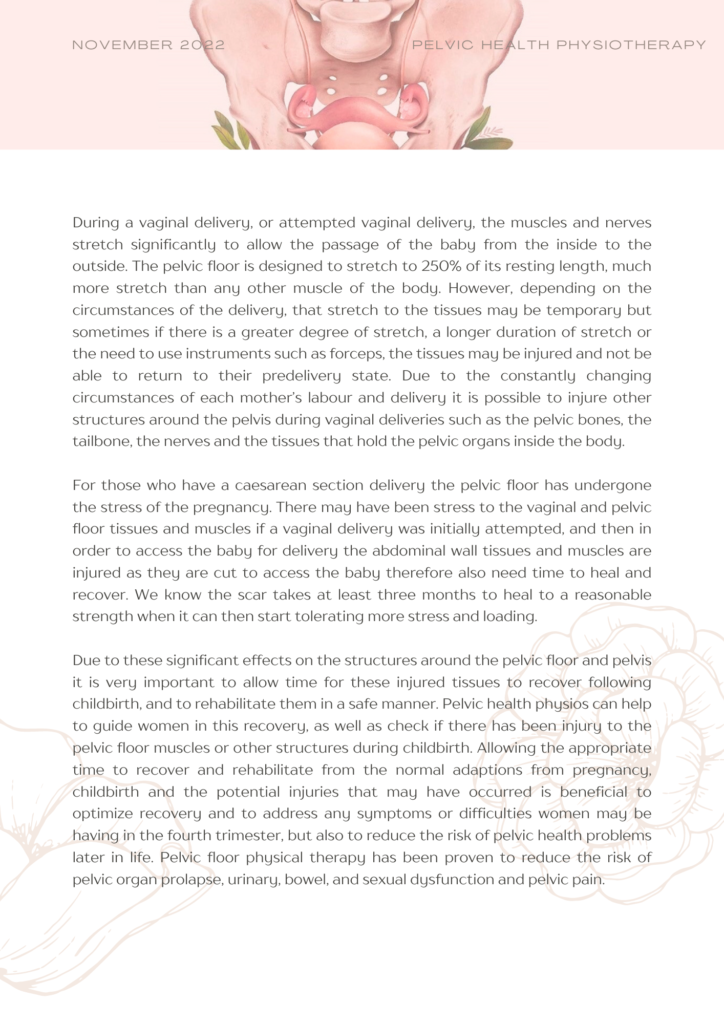

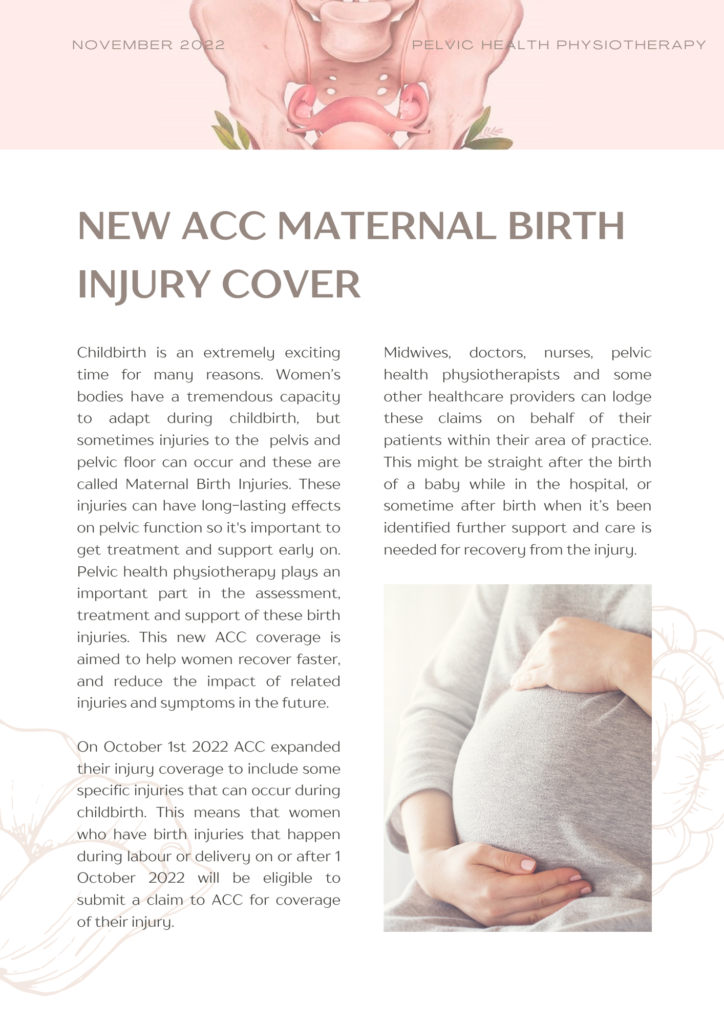
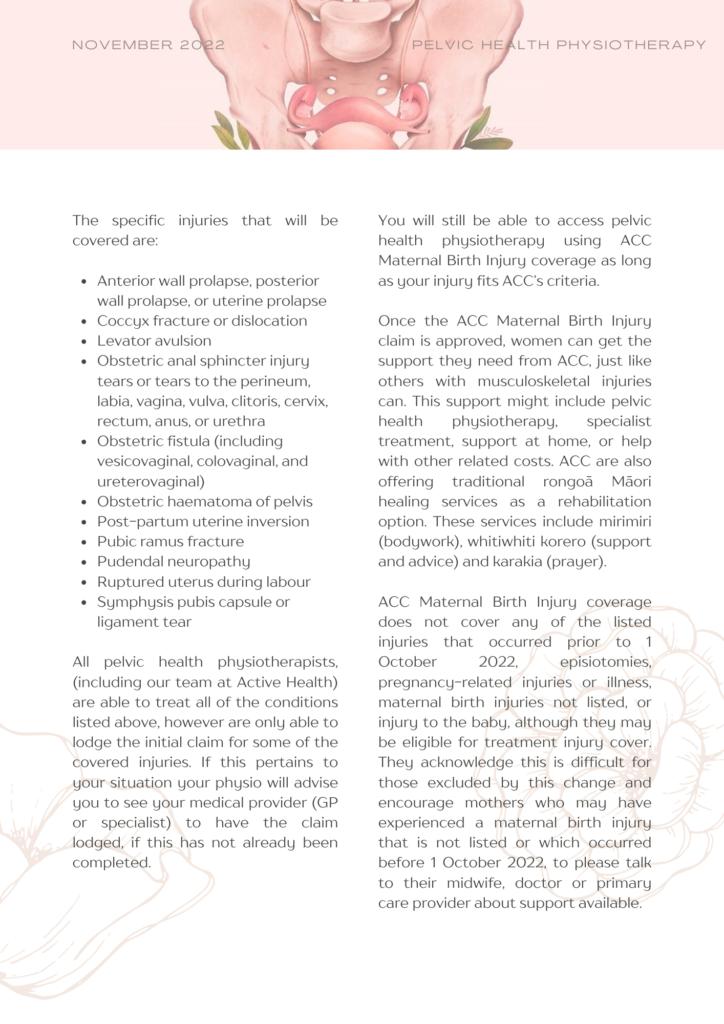
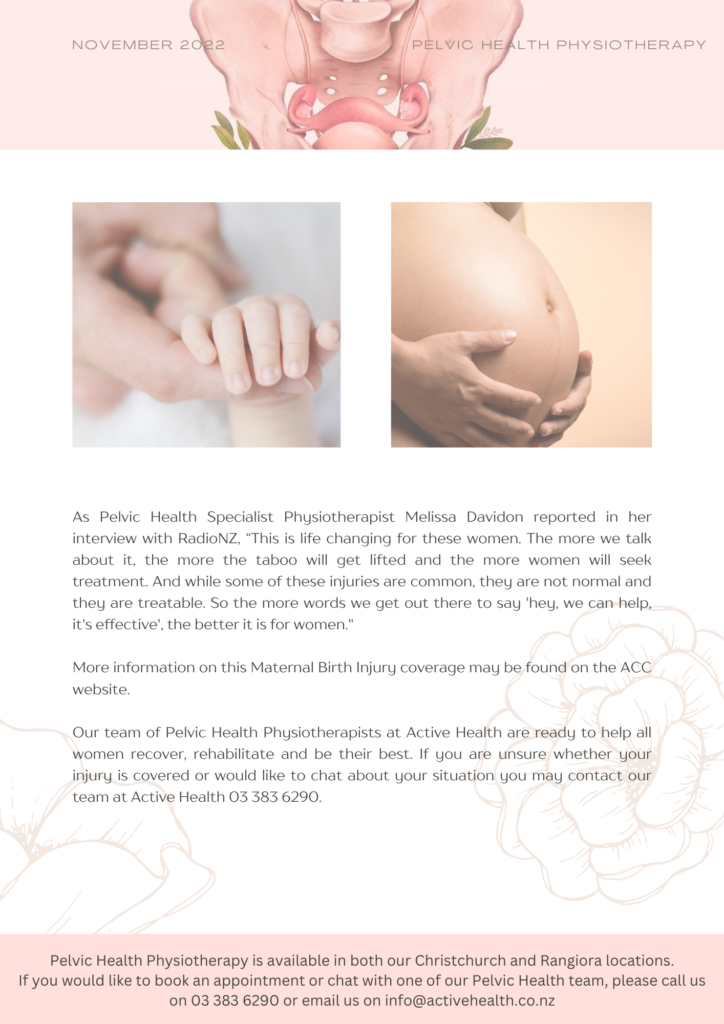
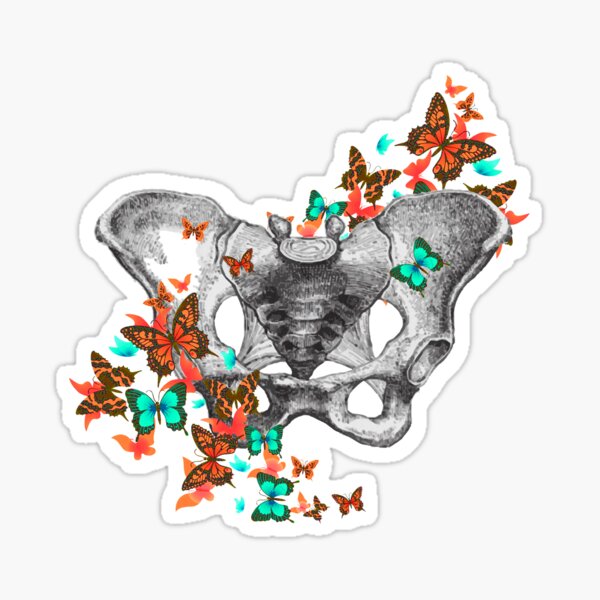



Recent Comments